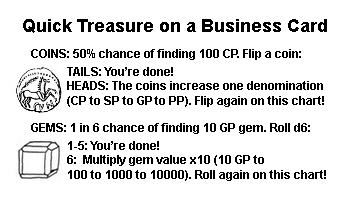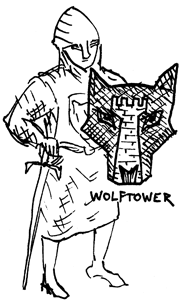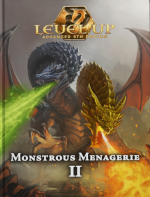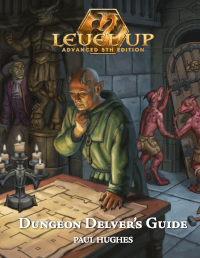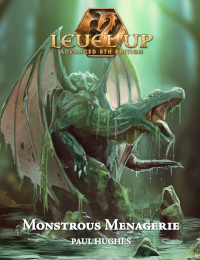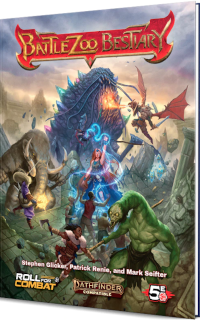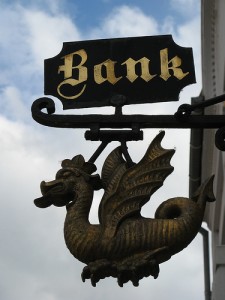 I created the Bank of Tiamat for my D&D campaign, and it’s also a part of the Mearls sidebar game. I had two independent thoughts which came together to create the Bank:
I created the Bank of Tiamat for my D&D campaign, and it’s also a part of the Mearls sidebar game. I had two independent thoughts which came together to create the Bank:
Maybe there should be a cost to using the bank so that it’s an interesting choice. I don’t want to deal with assessing taxes or bank fees. What if the cost were entirely plot and flavor, like the money might be used to fund evil rituals?
Put those together and you’ve got the Bank of Tiamat.
There’s a branch in every major city, and they all have access to your account balance. That’s the major reason banks were invented: not so that your coins could be stored in a vault, but so that you could deposit some money in London and withdraw the same amount in Amsterdam.
Each branch has access to the highest-level protection in the game: divination spells, traps, guards, passwords. Each bank has a bunch of money on site so if the PCs pull off a heist, it’ll be worth their while. On the other hand, if there’s a bank robbery, a PC with money in the bank won’t lose anything. That’s the beauty of the Bank of Tiamat. Your money’s not locked up in a vault, it’s out in the community: lent at exorbitant interest to a desperate nobleman’s son; putting knives in the hands of evil cultists; hiring mercenaries to overthrow the rightful king.
I don’t want to deal with interest calculations, so that’s not what the Bank of Tiamat is about. The Bank just provides you portability, financial peace of mind, and maybe some light money laundering. All profits go to Tiamat herself. After all, there’s not a lot of inflation in D&D: a longsword has cost 15 GP for five editions.


